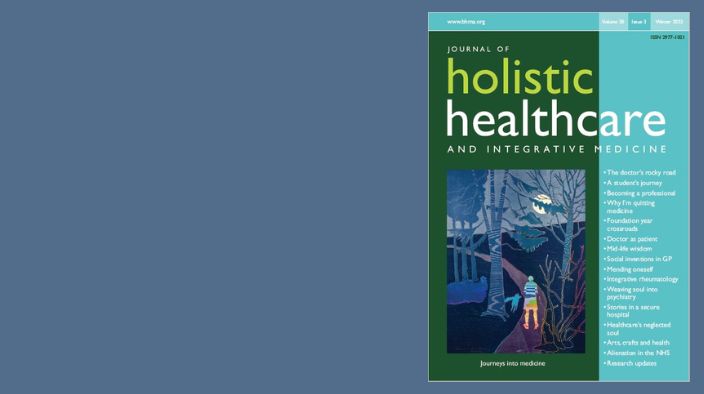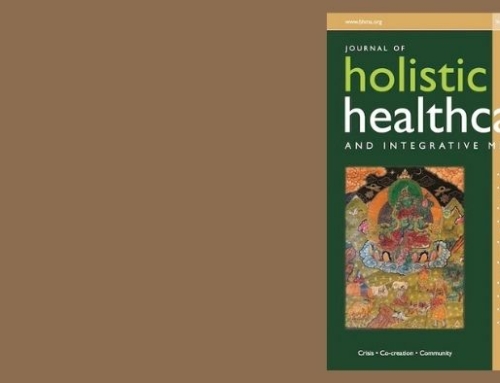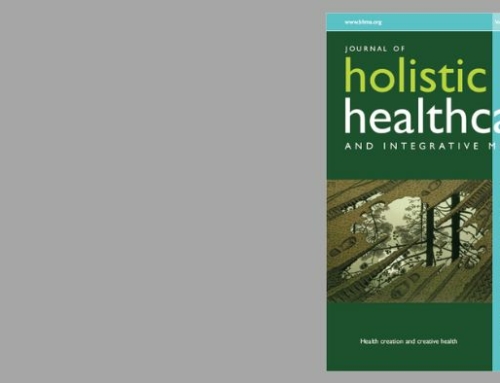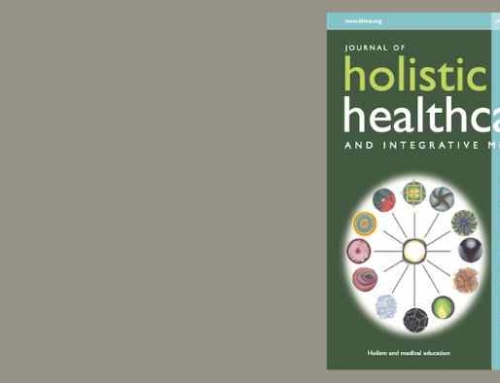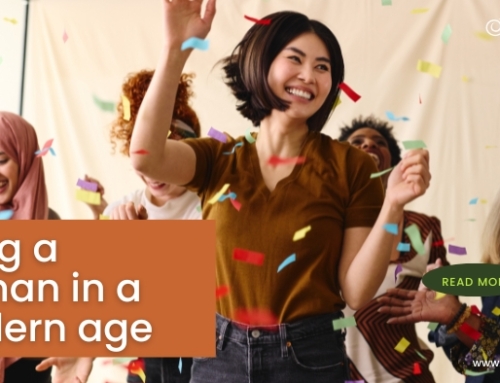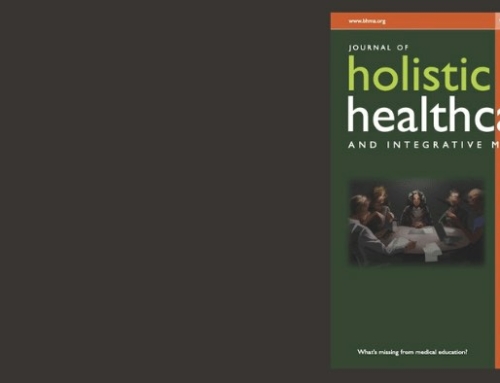Journeys into medicine
Editorial by David Peters
JHH 20.3 Journeys into Medicine
Identity formation and doctoring as creative paths
Professional identity is a representation of self, achieved in stages over time, during which the characteristics, values and norms of the medical profession are internalised, resulting in an individual thinking, acting, and feeling like a physician.
Creuss et al, 2014
A vocation, according to one sociologist, is something you are; an occupation is something you do’ (Leedham-Green, 2020). Yet even if doctoring were just a day-job, life in medicine would still generate a ‘professional identity’. Any long-term occupation that routinely opens a window into the raw human condition will change us as we adapt to survive. Not least because as experienced doctors, nurses, police workers or soldiers know all too well, emotions are contagious. Other people’s pain gets under our skin.
Some professional characteristics, values and norms create a boundary that conveys some protection – uniforms, professional distance, objectification, othering, black humour. But at a cost. Some professional characteristics, values and norms function as tribal badges. Some of them we absorb by osmosis from the cultural water we have learned to swim in: all professions have their own invisible curriculum of unwritten rules; others we take on board because they are in the rule book.
Whether osmosed or imposed, these values and norms influence and constrain the ways we think and act and feel as professionals. Yet our individual identity has been similarly osmosed and imposed. Arguably, by the time we are 20-something we will have been pretty comprehensively programmed by family, school, peers, trauma, society and biology. But this is not a popular observation; nowadays we like to feel we have the final say over who we are, and identity; how (or whether) people can consciously choose to represent themselves has become a very hot issue indeed.
Bear in mind that this issue of JHHIM is shaped on the one hand by your editor’s suspicion that an incoming generation of medics distrusts how the profession represents itself. But also we have aimed to show that there are many kinds of professional self and that a doctor’s journey can be filled with creativity. We too see the limitations of biomedical medicine, and the ecological crisis perpetrated on 20th century man(sic)kind’s watch and we too know this is not the way it should be. So if the new generation expects more freedom to reshape new kinds of personal and professional identities we should celebrate it. If survival in work means compartmentalise them I fear this might turn medicine into a day-job. Instead can we reach across the generational divide to support new, authentic, fully human and coherent professional identities? We need to make sure the most creative and rebellious – the ones who should be the drivers of change – don’t jump ship, leaving their more conformist colleagues to perpetuate business as usual.
This issue of JHHIM tracks how questions about identity – personal and professional – shift and recur across generations. It evolves over time and like a tree shaped over the years by the elements, life changes us. But if we are fortunate, the shape we take will respond creatively to the winds of change. Every article here is inspirational in its own way: Sophia Geaney, in her third year at medical school, reflects on the start of her journey from personal into professional identity; Georgina Haffner, a final-year medic emerging into doctorhood, is far from alone in experiencing a natural resistance to splitting off her personal identity. She hopes to integrate and cohere personal and professional selves that they might synergise in a way that doesn’t feel overwhelming. Recently graduated Sam Soete sees his surgical ambitions as located in a version of himself he no longer inhabits. He explains why he won’t go forward into foundation training. Hugo Jobst, newly into first foundation year, finds already that hospital medicine is at odds with his hopes for ‘mindful medicine’ and wonders whether to continue. Louise Younie, a creative academic, tells how wrestling with illness changed her and her perspectives on practice and what she now brings to her work. Senior GP Kathleen Wenaden imagines the loving advice she might offer her newly qualified younger self. Jane Myat felt out of place in medicine having put her artistic self aside to conform to her family’s expectations. A placement in an extraordinary family practice saved her and became a crucible for her creativity. Charlotte Jenner, a palliative care doctor, reflects on her own medical and creative journey and how mending became a self-care practice she now passes on to other doctors. Lucie Wilk continues as a rheumatology
consultant in the NHS incorporating a holistic perspective that integrates methods aimed at self-regulation and the deeper roots of biological dysfunction. Alan Kellas stuck with the doctor’s path despite a growing interest in parallel worlds of meditation, psychotherapy and nonwestern healing systems. Eventually he found a professional home where he could express his enormous creativity and connection to the natural world in learning disabilities psychiatry. Franz Schembri Wismayer, a former psychiatrist, writes about reconnecting with reading when he was recovering from depression, and describes a subsequent experience of setting up and running a shared reading group in a secure mental health setting. Jane Stevens, having worked as a consultant haematologist, recently achieved a PhD in organisational change. She sees that her own creative journey of self-discovery and creative crises of identity have led her to question the sustainability of the NHS, the western model of healthcare and ecological sustainability. Her staff wellbeing work and consultancy is ‘work of the soul’. This year’s Kilsby Essay prizewinner medical student Sayed Adam Bukhari enumerates the many ways in which healthcare would benefit from creative holistic thinking and practice. Our Kilsby Creative Enquiry prizewinner Felicity Smith takes inspiration from the work of William Morris in her Liberty-style tapestry pattern composed of biological images and symbols. Finally long-serving inner-city London GP Jonathon Tomlinson observes the medical profession’s collective journey. Witnessing a widespread crisis of morale, he diagnoses the problem as rooted in alienation and that its cure is connection with the processes and outcomes of our work and connection with our colleagues and ourselves.
Resources
Creuss RL, Creuss SR, Boudreu JD, Snell L & Steinert Y (2014) Reframing medical education to support professional identity formation. Academic Medicine, 89, 1446–1451.
Leedham-Green K, Knight A & Iedema R (2020) Developing professional identity in health professional students. In: Nestel D, Reedy G, McKenna L & Gough S (eds) Clinical education for health professional practice. Springer.

